Predictive Analytics: Safeguarding Against Disease Outbreaks

In our interconnected world, the threat of disease outbreaks looms large, fueled by global travel, urbanization, and climate change. Predictive analytics is a beacon of hope, offering a proactive approach to anticipating and mitigating the spread of infectious diseases. In this blog, we’ll delve into the transformative potential of predictive analytics for disease outbreaks, exploring its capabilities, real-world applications, and the profound impact it has on public health.
- Understanding Predictive Analytics
Predictive analytics harnesses the power of data, statistical algorithms, and machine learning techniques to forecast future events or outcomes. In the context of disease outbreaks, predictive analytics involves analyzing vast amounts of data, including epidemiological trends, environmental factors, population demographics, and mobility patterns, to identify early warning signs and anticipate the emergence and spread of infectious diseases. By uncovering hidden patterns and correlations in data, predictive analytics empowers public health officials and policymakers to make informed decisions and implement targeted interventions to prevent or mitigate the impact of outbreaks. - Early Detection and Surveillance
A primary benefit of predictive analytics for disease outbreaks is its ability for early detection and surveillance of emerging threats. By monitoring indicators such as unusual spikes in disease cases, changes in environmental conditions, or shifts in population mobility, predictive analytics can alert public health authorities to potential outbreaks before they escalate into full-blown epidemics. This early warning system enables rapid response efforts, including targeted vaccination campaigns, quarantine measures, and public health messaging, to contain the spread of infectious diseases and protect vulnerable populations. - Modeling Disease Transmission Dynamics
Predictive analytics enables researchers to develop sophisticated mathematical models that simulate the transmission dynamics of infectious diseases within populations. These models take into account factors such as disease transmission routes, incubation periods, population susceptibility, and intervention strategies to predict the trajectory of outbreaks and assess the effectiveness of various control measures. By running simulations and scenario analyses, public health officials can evaluate different intervention strategies in silico, identify optimal response strategies, and allocate resources more effectively to minimize the impact of outbreaks on public health. - Forecasting Disease Hotspots
Predictive analytics can identify geographic regions or communities at high risk of disease outbreaks based on factors such as population density, socioeconomic status, healthcare infrastructure, and environmental conditions. By integrating spatial data with epidemiological models and machine learning algorithms, predictive analytics can generate risk maps and hotspot forecasts that highlight areas with heightened vulnerability to specific diseases. This information enables targeted surveillance efforts, resource allocation, and public health interventions in high-risk areas, ultimately reducing the burden of disease and protecting vulnerable populations. - Enhancing Preparedness and Response
Predictive analytics plays a crucial role in enhancing preparedness and response capabilities during disease outbreaks. By analyzing historical outbreak data, epidemic curves, and response strategies, predictive analytics can inform the development of contingency plans, resource allocation frameworks, and emergency response protocols. Moreover, predictive analytics enables real-time monitoring of outbreak dynamics, allowing public health authorities to adapt their strategies and interventions dynamically in response to evolving threats. This agility and flexibility are critical for an effective response and minimizing the impact of outbreaks on the societal well-being. - Integrating Multiple Data Sources
Predictive analytics leverages a wide range of data sources, including clinical surveillance data, laboratory reports, social media feeds, remote sensing data, and mobile phone data, to provide a comprehensive view of disease dynamics and trends. By integrating and analyzing disparate data streams in real-time, predictive analytics can detect signals of emerging outbreaks, track disease transmission pathways, and identify high-risk populations or communities. This multidimensional approach enhances the accuracy and timeliness of outbreak predictions and enables more targeted and efficient public health interventions. - Real-World Applications
Predictive analytics has been successfully applied in various real-world settings to predict and prevent disease outbreaks. For example, the use of machine learning algorithms to analyze internet search queries and social media posts has enabled early detection of outbreaks such as influenza, dengue fever, and COVID-19. Similarly, the integration of remote sensing data with epidemiological models has allowed researchers to predict the spatial distribution of vector-borne diseases such as malaria and Zika virus. These examples demonstrate the versatility and effectiveness of predictive analytics in addressing a wide range of infectious disease challenges.
Predictive analytics is a potent tool against infectious diseases, forecast outbreaks, identify high-risk areas, and guide targeted interventions. Let’s look at some real-life examples that showcase the transformative impact
- Google Flu Trends
Google Flu Trends was one of the pioneering applications of predictive analytics for disease surveillance. By analyzing search queries related to flu symptoms and trends, Google was able to detect increases in flu activity in real-time, often ahead of traditional surveillance systems. This early warning system enabled public health officials to allocate resources more effectively and implement timely interventions to mitigate the spread of influenza. - ProMED-mail
ProMED-mail is an internet-based global surveillance system that monitors emerging infectious diseases and outbreaks worldwide. Using a network of volunteer contributors and moderators, ProMED-mail collects, verifies, and disseminates information about disease outbreaks, providing early warnings and alerts to public health authorities, researchers, and the general public. Predictive analytics is crucial in analyzing data trends and patterns to identify emerging threats and assess their potential impact. - BlueDot
BlueDot is a digital health company utilizing AI-driven predictive analytics to track and predict the spread of infectious diseases globally. By analyzing diverse data sources, including news reports, social media feeds, flight itineraries, and climate data, BlueDot identifies disease outbreaks and assesses their risk of international spread. BlueDot’s early detection system has been instrumental in predicting outbreaks such as COVID-19, Ebola, and Zika virus, enabling timely response efforts and travel advisories to prevent further transmission. - Metabiota
Metabiota is a company specializing in infectious disease risk analysis and modeling using predictive analytics. By integrating data on disease dynamics, environmental factors, and human behavior, Metabiota generates risk assessments and forecasts for various infectious diseases, including pandemics, epidemics, and emerging pathogens. Metabiota’s predictive analytics platform helps governments, NGOs, and businesses anticipate and prepare for disease outbreaks, minimizing their impact on public health and economic stability. - AIME (Artificial Intelligence in Medical Epidemiology)
AIME is an AI-powered platform that predicts and prevents disease outbreaks in real-time by analyzing social, environmental, and epidemiological data. AIME’s predictive analytics algorithms forecast disease transmission dynamics, identify at-risk populations, and recommend targeted interventions to mitigate the spread of infectious diseases. AIME’s platform has been deployed in multiple countries to address outbreaks such as dengue fever, malaria, and COVID-19, demonstrating its effectiveness in improving outbreak response and public health outcomes. - HealthMap
HealthMap is a disease surveillance platform analyzing aggregated data from sources, including news reports, social media, and official health alerts. Using predictive analytics, HealthMap detects and tracks disease outbreaks in real-time, providing valuable insights to public health authorities and the general public. HealthMap’s interactive map interface allows users to visualize disease hotspots, monitor trends, and access timely information about emerging health threats, empowering individuals and communities to take proactive measures to protect their health.
These real-life examples highlight the diverse applications of predictive analytics in disease surveillance, early detection, and response. By harnessing the power of data and advanced analytics, predictive analytics enables public health authorities, researchers, and policymakers to stay ahead of infectious diseases, saving lives and safeguarding public health on a global scale. As technology continues to evolve and data sources become increasingly abundant, the potential for predictive analytics to revolutionize disease control and prevention efforts is boundless, offering hope for a healthier and more resilient future.
Conclusion,
Predictive analytics holds tremendous promise for predicting, preventing, and mitigating the impact of disease outbreaks on public health. By harnessing the power of data, advanced analytics, and machine learning, predictive analytics enables early detection of emerging threats, modeling of disease transmission dynamics, forecasting of disease hotspots, and enhancement of preparedness and response capabilities. As technology continues to evolve and data sources become increasingly abundant, the potential for predictive analytics to revolutionize the field of infectious disease surveillance and control is limitless. By embracing predictive analytics as a key tool in our public health arsenal, we can stay one step ahead of infectious diseases and safeguard the health and well-being of communities worldwide.

